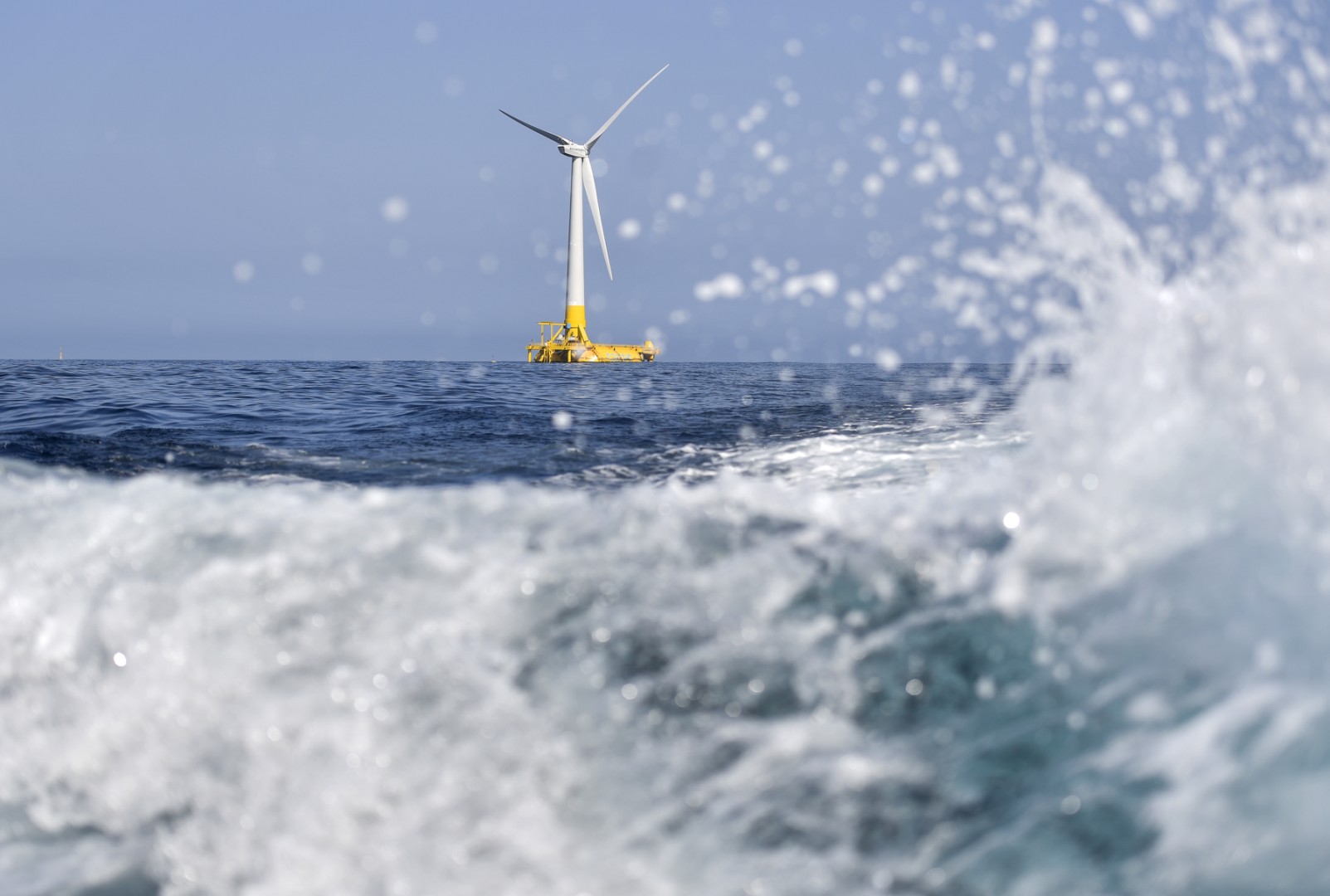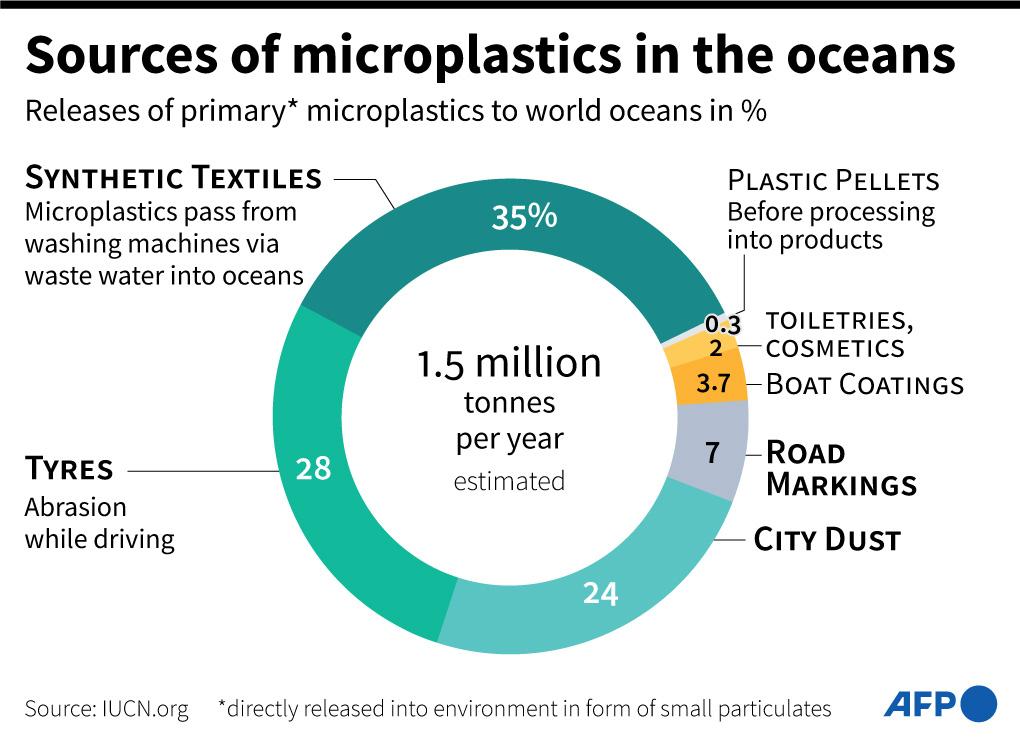
Posts mislead on wind turbine erosion waste
- This article is more than one year old.
- Published on June 11, 2024 at 17:42
- 2 min read
- By Manon JACOB, AFP USA
"I didnt know that wind turbines lose hundreds of kilos of carbon microfibers during their operation over the years (due to abrasion at the wing edges)," says a May 24, 2024 post with thousands of shares on Facebook.
"These carbon microfibres are stored in the environment, land in our soils and enter waterways (drinking water?) and perhaps our food too."

The claim spread across social media platforms in late May.
Using reverse image searches, AFP found the photo was originally published by German company Blade Care, which provides wind turbine repair services and training (archived here).
Director Hans Peter Zimmer, who took the picture shared on social media, said June 7 that the amount of abrasion mentioned in the post is "widely exaggerated."
He told AFP wind turbines most often shed about three kilos of "paint and filler" -- not fiberglass -- every five years.
"That is the amount we need for restoring damages, but this is the extreme," he said.
Leon Mishnaevsky Jr, a senior scientist in the Department of Wind and Energy Systems at the Technical University of Denmark (archived here), said June 7 that the post caption "is wrong and misleading."
"The coatings are not from carbon, but from polyurethane or other plastics (such soft plastic used, for instance, in floor coatings and automobile seats)," he said.
Mishnaevsky added that "when a wind blade becomes slightly eroded, it is very quickly repaired because it starts to produce much less energy."
He confirmed the resulting waste "in no way" represents hundreds of kilos, contrary to what the posts claim -- and that other sectors, including the automobile and textile industries, pollute significantly more.
Researchers estimate there are 15 to 51 trillion microplastic particles floating on the ocean's surface (archived here).

The European Parliament said in a 2018 report (archived here) that small particles stemming primarily from synthetic clothing and tire abrasion represent about 15 to 31 percent of all ocean microplastics.
"Secondary microplastics" originating from the degradation of larger objects -- such as plastic bags, bottles and fishing nets -- account for 69 to 81 percent, according to the report.
Sanjay Raja Arwade, a professor of civil engineering at the University of Massachusetts-Amherst (archived here), said June 6, 2024 that wind turbine erosion "will have a negligible contribution to global discharge of plastics and solid waste into the oceans." However, he said it "must be viewed in the context of the large benefits brought to society from clean and renewable offshore wind energy."
The United Nations Intergovernmental Panel on Climate Change says limiting global warming "will require major transitions in the energy sector" -- and that reducing emissions requires transitioning from fossil fuels to low-carbon energy sources such as wind power (archived here and here).
AFP has debunked other claims about wind energy here, here and here.
Copyright © AFP 2017-2026. Any commercial use of this content requires a subscription. Click here to find out more.
Is there content that you would like AFP to fact-check? Get in touch.
Contact us




